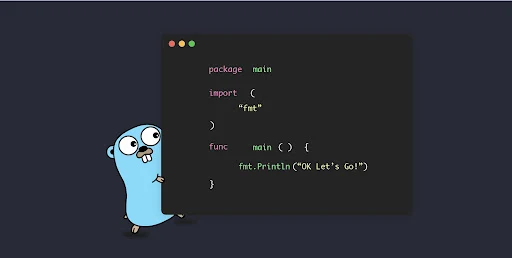Understanding Stack and Queue Data Structures in Go
When it comes to efficiently managing data in computer science, data structures play a pivotal role. Among the fundamental data structures are stacks and queues, each with its unique characteristics and use cases. In this blog post, we'll delve into implementing and understanding stack and queue data structures in the Go programming language, accompanied by illustrative example
Stack Data Structure
A stack is a Last In, First Out (LIFO) data structure, meaning that the last element added to the stack will be the first one to be removed. Think of it as a stack of plates, where you can only remove the top plate.
In Go, we can implement a stack using slices. Here's a basic implementation:
```go
package main
import "fmt"
type Stack []int
func (s *Stack) Push(val int) {
*s = append(*s, val)
}
func (s *Stack) Pop() int {
if len(*s) == 0 {
return -1 // indicating empty stack
}
val := (*s)[len(*s)-1]
*s = (*s)[:len(*s)-1]
return val
}
func main() {
var stack Stack
stack.Push(10)
stack.Push(20)
stack.Push(30)
fmt.Println(stack.Pop()) // Output: 30
fmt.Println(stack.Pop()) // Output: 20
}
```
Queue Data Structure
A queue is a First In, First Out (FIFO) data structure, meaning that the first element added to the queue will be the first one to be removed. Imagine a queue of people waiting in line; the person who joins first will be served first.
In Go, we can implement a queue using slices as well. Here's a simple implementation:
```go
package main
import "fmt"
type Queue []int
func (q *Queue) Enqueue(val int) {
*q = append(*q, val)
}
func (q *Queue) Dequeue() int {
if len(*q) == 0 {
return -1 // indicating empty queue
}
val := (*q)[0]
*q = (*q)[1:]
return val
}
func main() {
var queue Queue
queue.Enqueue(10)
queue.Enqueue(20)
queue.Enqueue(30)
fmt.Println(queue.Dequeue()) // Output: 10
fmt.Println(queue.Dequeue()) // Output: 20
}
```
Conclusion
Understanding stack and queue data structures is crucial for any programmer. They provide efficient ways to manage data in various scenarios. In Go, implementing these data structures is straightforward, thanks to the flexibility of slices.
By mastering these fundamental data structures, you'll be better equipped to tackle more complex problems and optimize your code efficiently. Happy coding!

nice
ReplyDelete